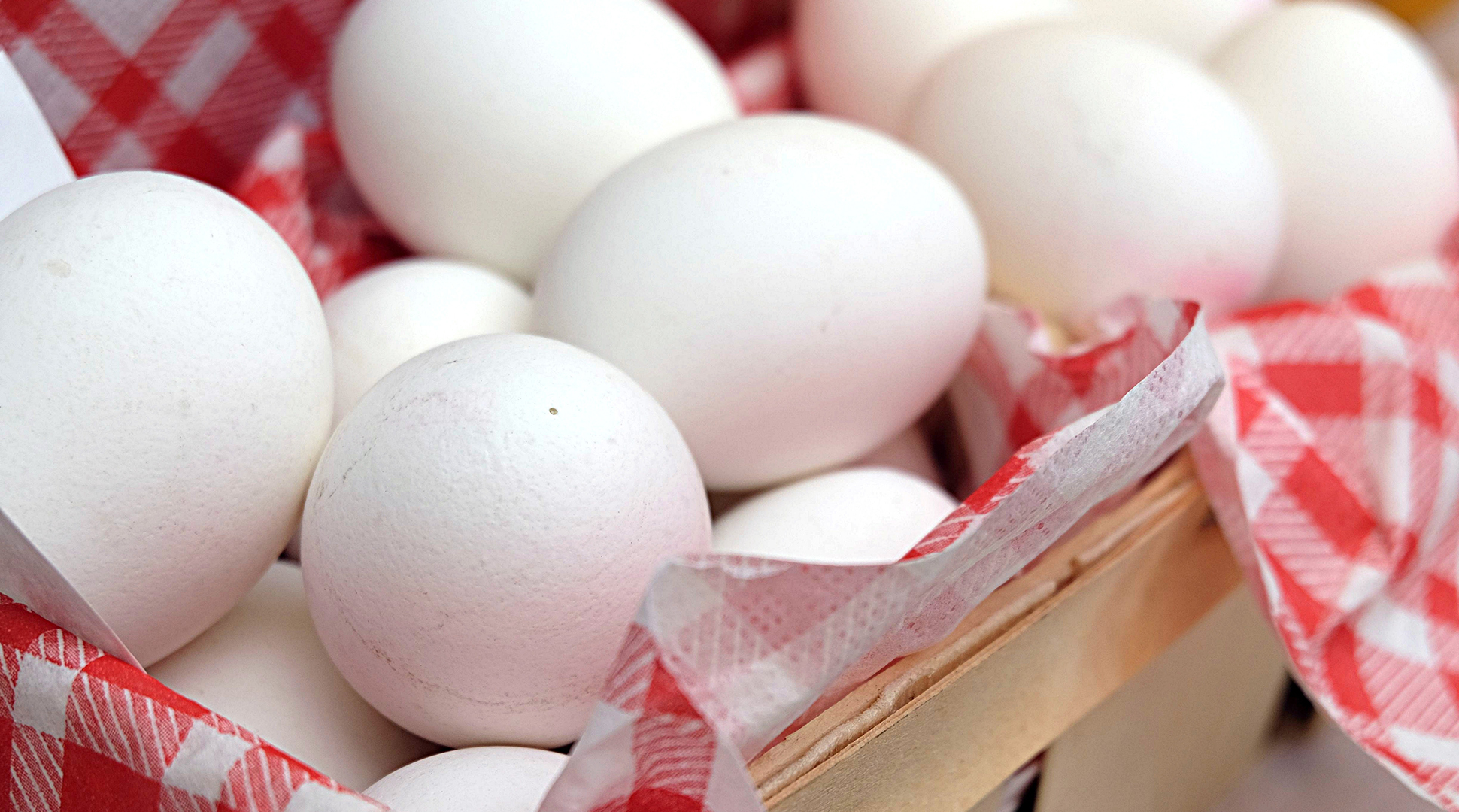By Julie Garden-Robinson, PhD, LRD
I pushed my grocery cart into the dairy aisle as I read my shopping list.
I did a double take when I reached the stacks of egg cartons in a large cooler.
The current price was $7.89 for 18 eggs and 5.89 for 12. I blinked and looked again.
Eggs are at record-setting high prices.
According to the U.S. Department of Agriculture, egg prices in late December 2022 were 267% higher than prices at the start of 2022.
Are the hens on strike? Are they demanding spa treatments and fancier food?
Avian flu is the main reason for increased egg prices. This disease resulted in at least 50 million birds culled from their flocks by November 2022 according to the Centers for Disease Control and Prevention.
Fewer chickens means lower egg inventories. Chickens, at their peak, lay one egg a day.
Low inventory usually translates to higher prices at the grocery store.
Consumers tend to use more eggs during the holiday season as we bake holiday goodies and have larger gatherings of family and friends.
According to economists, we might see a leveling of egg prices as demand decreases in post-holiday months. Hens are busy restoring the egg inventory.
The price might surprise you at the grocery store. However, according to my calculation, the current pricing equates to 44 to 49 cents per egg.
I picked up a carton of 18 eggs after checking for cracks and broken eggs. Although I paid more than usual, I still consider eggs a nutritional bargain. These laying hens do good work.
At just 70 calories each, an egg provides 13 vitamins and minerals. The protein in eggs is very digestible.
Eggs also provide lutein and zeaxanthin, which are pigments (natural colorants) found in eggs. These pigments reduce our risk for age-related macular degeneration, which is a leading cause of blindness.
Eggs provide vitamin D, which we need to maintain our bone health. Vitamin D plays a role in immune function.
Eggs have many useful properties in recipes. Eggs provide flavor, structure, binding and thickening properties in recipes. They serve as leavening agents. For example, eggs’ leavening properties cause angel food cakes to have a fluffy, tender texture.
Eggs also can be a “wash” brushed over the top of baked goods for browning and glossiness. You might coat chicken tenders in an egg wash before rolling in crumbs so the crumbs remain on the food during cooking.
What if egg prices stretch your budget too much? In this case, you might find recipes that use fewer eggs.
For example, homemade angel food cakes that call for 12 egg whites might not be on your menu.
I have only made a “scratch” angel food cake a couple times in my life, so this is not a hardship.
You also might explore recipes developed for people with egg allergies, which need to be egg-free.
Many substitutions are available to help you make your favorite recipes without eggs. The following ingredients may be substituted for one egg, but you will need to experiment with your recipes. Muffins and quick breads may work better with some of these substitutions.
- ¼ cup applesauce
- ¼ cup mashed banana
- ¼ cup vegetable oil
- ¼ cup of yogurt or buttermilk
- 3 tablespoons aquafaba (the liquid found in canned chickpeas or beans)
The following are common substitutions for binders, equivalent to one egg;
- 1 tablespoon ground flax seed plus 3 tablespoons water
- 2 tablespoons water plus 1 teaspoon oil plus 2 teaspoons baking powder
Commercial egg replacers are available in some stores. These products are made from various types of starch and leavening ingredients.
Here’s an egg-free cookie recipe with yogurt as the substitute for eggs. These tender cookies were a hit with our taste-testers.
½ cup brown sugar, packed
½ cup sugar, granulated
¼ cup butter
½ cup shortening
½ cup plain, nonfat yogurt
2 teaspoons vanilla extract
1¾ cups all-purpose flour
½ teaspoon baking powder
½ teaspoon salt
2 cups semisweet chocolate chips
Preheat oven to 375 F. In medium bowl, cream brown sugar, sugar, butter and shortening until light and fluffy. Stir in yogurt and vanilla. Combine flour, baking powder and salt; stir into creamed mixture until incorporated. Mix in chocolate chips. Drop by rounded tablespoon 2 inches apart onto greased cookie sheets. Bake eight to 10 minutes until edges begin to brown. Cool for a minute on cookie sheet before removing to wire rack to cool completely.
Makes 36 servings. Each serving has 150 calories, 8 grams (g) fat, 2 g protein, 19 g carbohydrate, 0 g fiber and 30 milligrams sodium.
Julie Garden-Robinson, Ph.D., R.D., L.R.D., is a North Dakota State University Extension food and nutrition specialist and professor in the Department of Health, Nutrition and Exercise Sciences. Follow her on Twitter @jgardenrobinson
